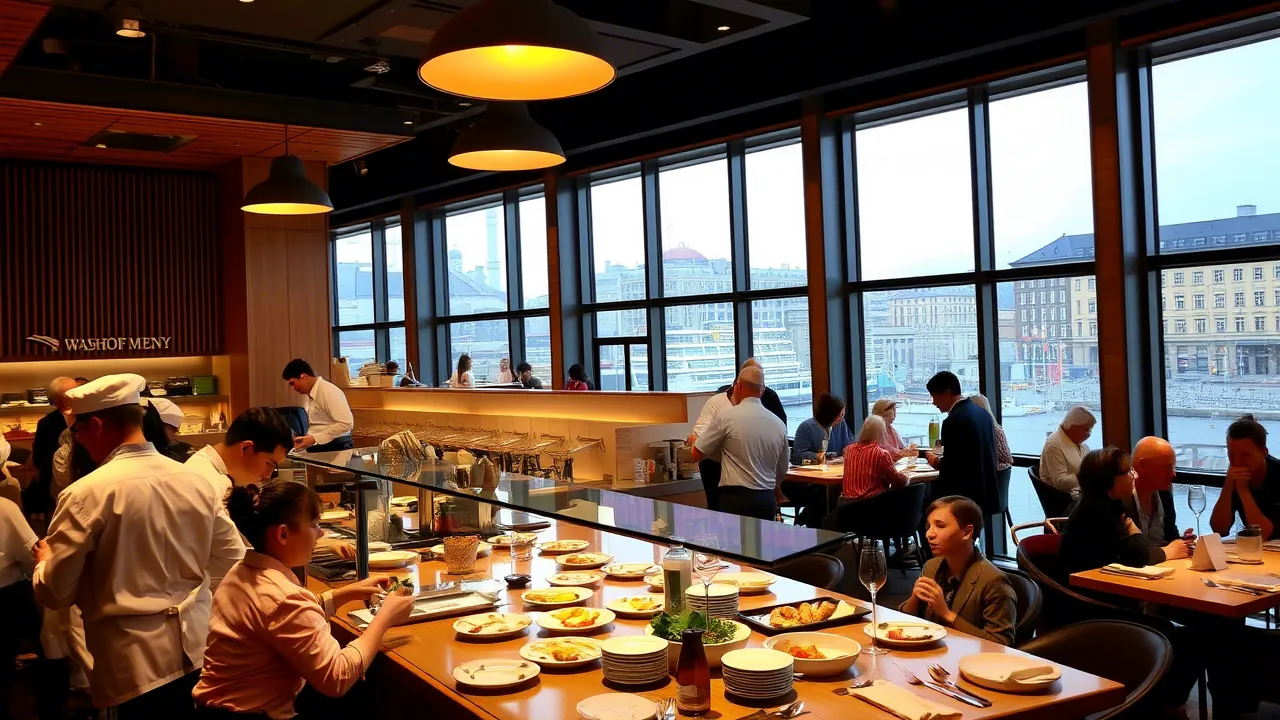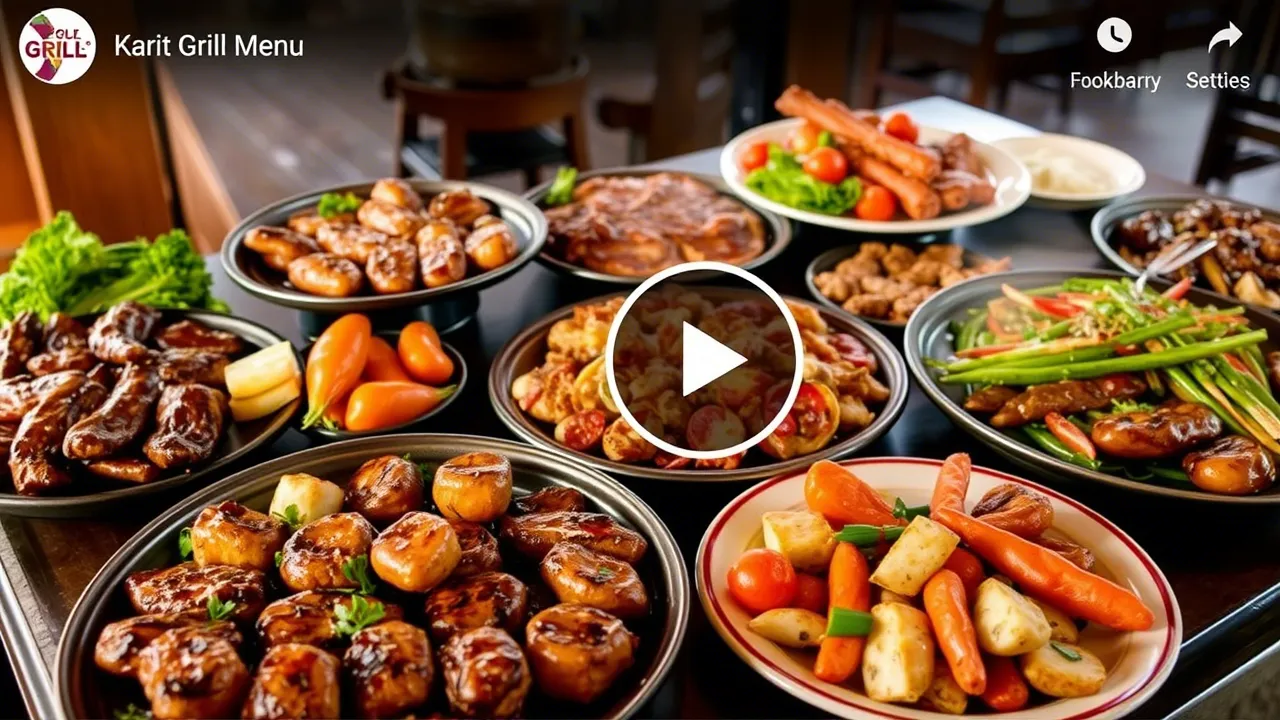When it comes to dining out, appetizers set the tone for the entire meal. They are the perfect way to whet your appetite, share with friends and family, or indulge in a quick bite before diving into the main course. At Longhorn Steakhouse , their appetizer menu is nothing short of impressive—a curated selection of bold flavors, classic comfort foods, and innovative twists that cater to every palate. Whether you’re a fan of savory starters, crave something cheesy and indulgent, or need a lighter option to kick things off, Longhorn has something for everyone.

In this blog post, we’ll take an in-depth look at Longhorn Steakhouse’s appetizer menu, highlighting each dish, its unique flavors, and why it deserves a spot on your table. From crowd favorites to hidden gems, let’s embark on a culinary journey through their tantalizing appetizers.
1. The Renowned Bloomin’ Onion
No discussion about Longhorn Steakhouse appetizers would be complete without mentioning their iconic Bloomin’ Onion . This legendary dish has become synonymous with the restaurant itself, and for good reason. The Bloomin’ Onion is a colossal onion sliced into a flower-like shape, battered, and deep-fried until golden brown. It’s then served with a signature spicy dipping sauce that perfectly complements the crispy exterior and tender interior.
What makes the Bloomin’ Onion stand out is not just its size but also the balance of textures and flavors. The crunchy coating gives way to soft, sweet onion layers, creating a satisfying contrast. Sharing this dish is almost a ritual among diners—it’s perfect for groups and pairs wonderfully with cocktails or mocktails.
Pro Tip: If you’re ordering the Bloomin’ Onion, consider asking for extra dipping sauce. Trust us; you won’t regret it!
2. Fried Green Tomatoes
For those who appreciate Southern-inspired dishes, the Fried Green Tomatoes are a must-try. These tangy, firm tomatoes are coated in cornmeal and fried to perfection, resulting in a delightful crunch with a hint of acidity from the green tomato slices. Served with a creamy ranch dressing, this appetizer brings together two beloved elements: Southern charm and modern flair.
This dish is particularly appealing to vegetarians looking for plant-based options or anyone wanting a lighter alternative to heavier fried items. Pair it with a glass of sweet tea for a true taste of the South.
3. Mozzarella Sticks
Cheese lovers rejoice! Longhorn’s Mozzarella Sticks are a timeless favorite designed to satisfy your cravings. Each stick is generously filled with gooey mozzarella cheese, breaded, and fried until golden. When you bite into one, the molten cheese oozes out, creating a moment of pure bliss.
These sticks come with marinara sauce for dipping, adding a touch of acidity to cut through the richness of the cheese. While they may seem simple, their execution is flawless—crispy on the outside, melty on the inside, and utterly addictive.
Fun Fact: Mozzarella sticks pair exceptionally well with Longhorn’s steaks, making them a great appetizer choice if you’re planning to indulge in a surf-and-turf experience.
4. Texas Tonion Ring
If oversized appetizers are your thing, the Texas Tonion Ring is another showstopper on Longhorn’s menu. Imagine a giant onion ring so large it could double as a bracelet! This colossal creation is hand-battered and fried to achieve a crispy golden crust while retaining the natural sweetness of the onion within.
Served with horseradish sauce, the Texas Tonion Ring offers a zesty kick that enhances the overall flavor profile. It’s big enough to share (though you might not want to!) and makes for a fun conversation starter at the table.
5. Parmesan Crusted Chicken Tenders
For a protein-packed appetizer, try the Parmesan Crusted Chicken Tenders . These aren’t your average chicken tenders—they’re elevated with a Parmesan-infused breading that adds a nutty, savory note to every bite. The chicken is juicy and tender, ensuring a satisfying texture with each mouthful.
Served with honey mustard sauce, these tenders strike a harmonious balance between salty and sweet. They’re ideal for kids and adults alike, offering a comforting yet sophisticated twist on a classic dish.
6. Steakhouse Wings
Wings enthusiasts will love Longhorn’s Steakhouse Wings , which are slow-cooked and flame-grilled to lock in moisture and flavor. Available in various sauces—from classic BBQ to spicy buffalo—you can customize them to suit your preference. Each wing is meaty and succulent, with a smoky charred finish that reflects Longhorn’s commitment to high-quality ingredients and preparation techniques.
Pair these wings with a cold beer or a refreshing soda for a match made in heaven. They’re also a fantastic option for game day gatherings or casual nights out.
If you’re ready to embark on a flavorful adventure, the Texas Longhorn menu offers an impressive array of appetizers that set the stage for a memorable dining experience. From sizzling skillet dishes to perfectly crafted shareable plates, each option is designed to ignite your taste buds with bold flavors and fresh ingredients. Whether you’re craving the smoky richness of their famous ribs or the crisp, golden perfection of their hand-battered onion rings, there’s something to satisfy every palate. The Texas Longhorn menu truly shines in its ability to blend classic Southern comfort with modern culinary creativity, making it a must-try for anyone looking to indulge in hearty, satisfying starters. So gather your friends, order a few rounds of these delectable bites, and let the feast begin!
7. Spinach & Artichoke Dip
Dip aficionados will find solace in Longhorn’s Spinach & Artichoke Dip , a creamy blend of spinach, artichokes, and cheeses baked to bubbly perfection. Served warm with freshly toasted tortilla chips, this dip is rich, indulgent, and utterly irresistible.
Its versatility makes it a crowd-pleaser—whether you’re scooping up generous portions or using it as a sidekick to other appetizers, it never disappoints. Plus, it’s vegetarian-friendly, making it a great option for mixed dietary preferences.
8. Grilled Shrimp Skewers
Seafood fans will adore the Grilled Shrimp Skewers , featuring plump shrimp marinated in a blend of spices and grilled over an open flame. The result? Juicy, flavorful shrimp with a hint of smokiness. Served with a side of cocktail sauce, these skewers are light yet packed with bold flavors.
This appetizer is a great way to start your meal if you’re leaning toward ordering steak or another hearty entrée later. The freshness of the shrimp provides a nice contrast to richer dishes.
9. House Salad
While technically not a traditional “appetizer,” Longhorn’s House Salad deserves a mention for those seeking a lighter beginning to their meal. Made with crisp romaine lettuce, cherry tomatoes, cucumbers, red onions, and croutons, this salad is both fresh and vibrant. You can choose from a variety of dressings, including ranch, blue cheese, and vinaigrette, to personalize your experience.
Add-ons like grilled chicken or shrimp are available if you want to turn this salad into a more substantial starter. It’s a guilt-free option that still delivers plenty of flavor.
10. Seasonal Specials
Longhorn Steakhouse frequently updates its menu with seasonal specials, including limited-time appetizers. These offerings often highlight fresh, locally sourced ingredients and creative combinations that reflect the changing seasons. Keep an eye out for these exclusives during holidays or special events—they’re always worth trying!
Final Thoughts
Longhorn Steakhouse’s appetizer menu is a testament to their dedication to quality, flavor, and variety. Whether you’re craving something fried, cheesy, grilled, or fresh, their diverse selection ensures there’s something for everyone. With standout dishes like the Bloomin’ Onion, Fried Green Tomatoes, and Steakhouse Wings, it’s no wonder diners keep coming back for more.
Next time you visit Longhorn Steakhouse, don’t skip the appetizers—they’re the perfect way to elevate your dining experience and savor the restaurant’s signature hospitality. So gather your friends, bring your appetite, and prepare to embark on a flavor-packed adventure!


